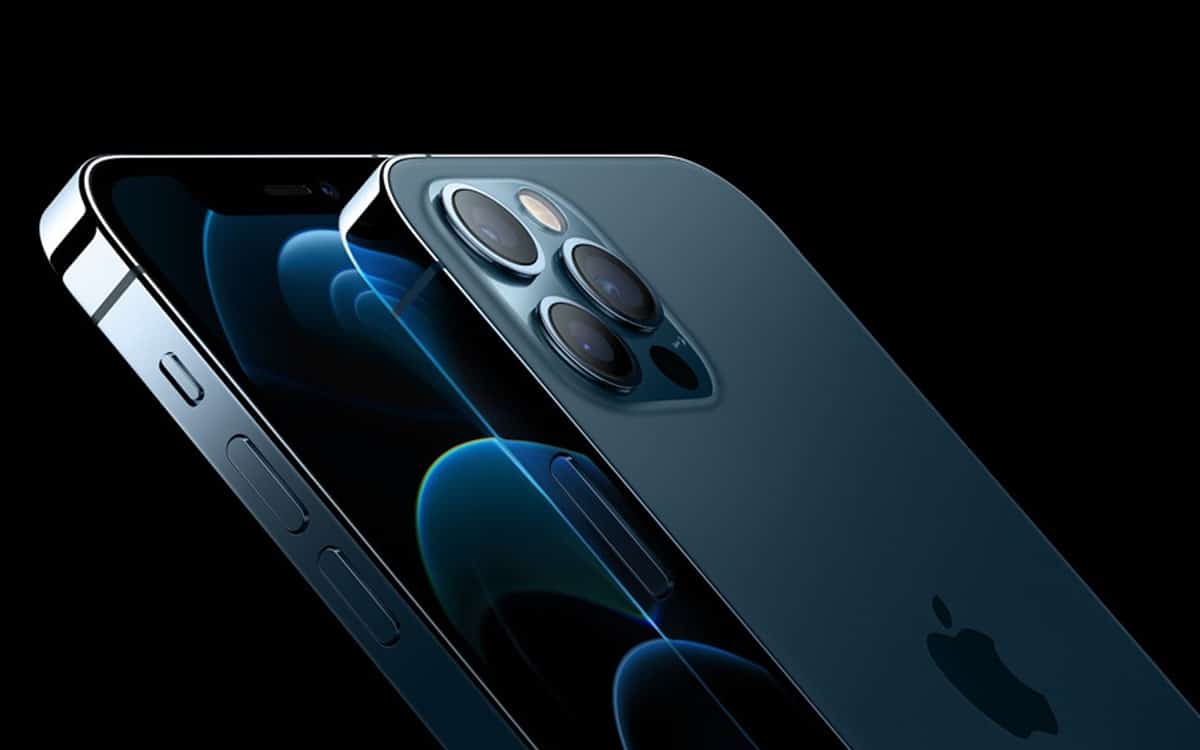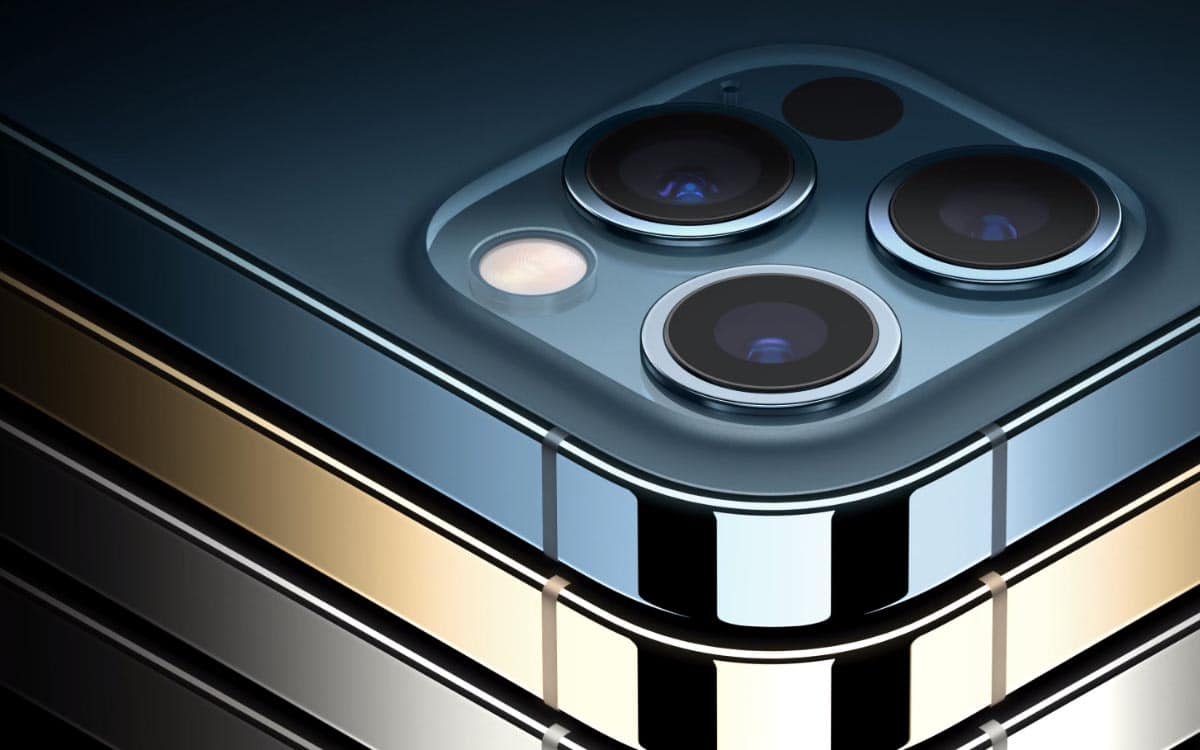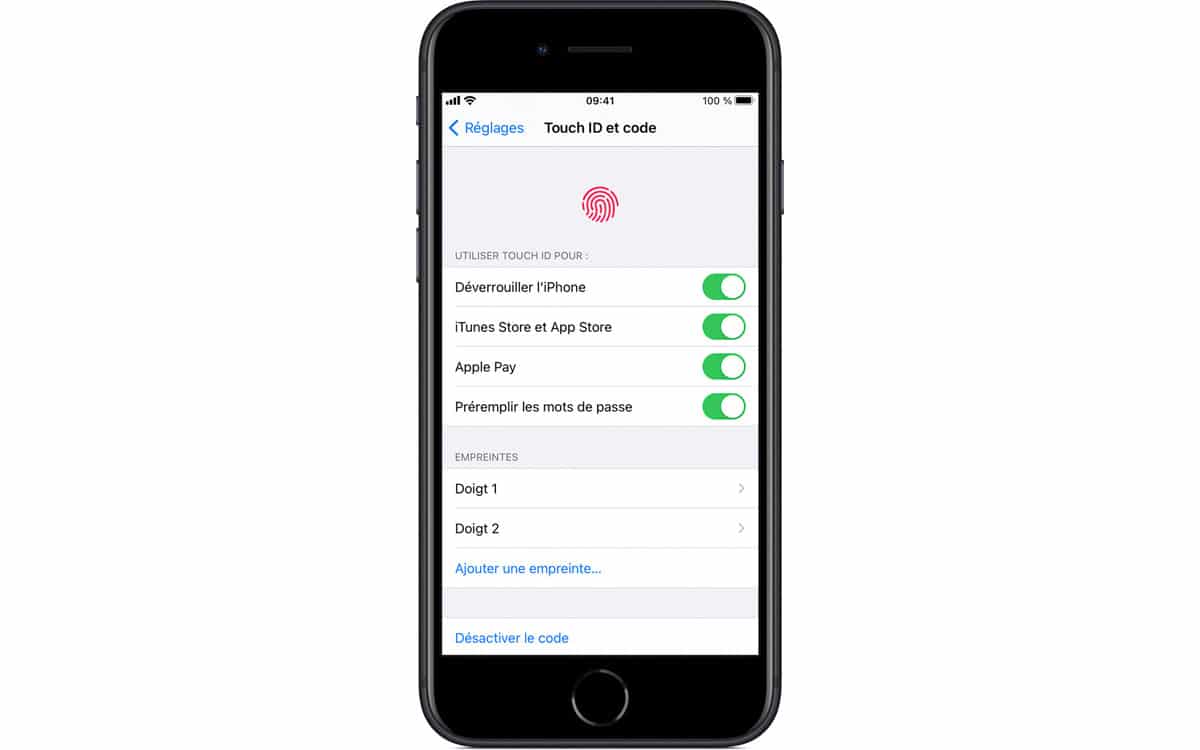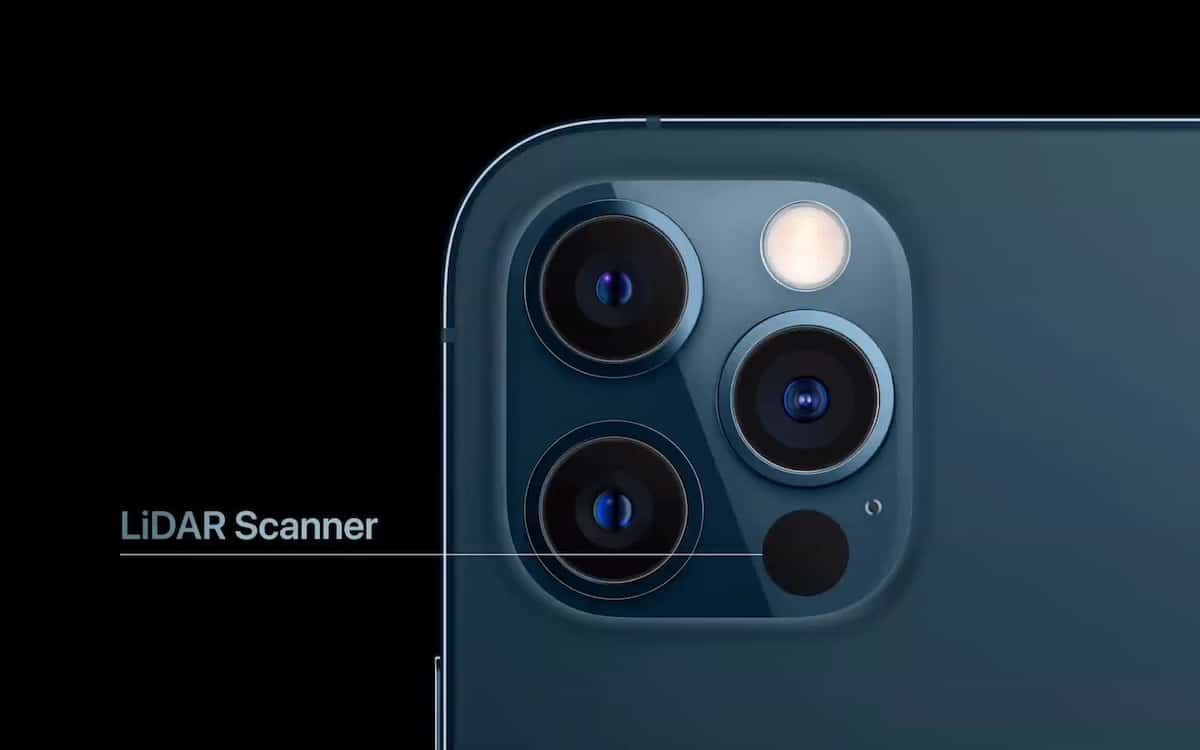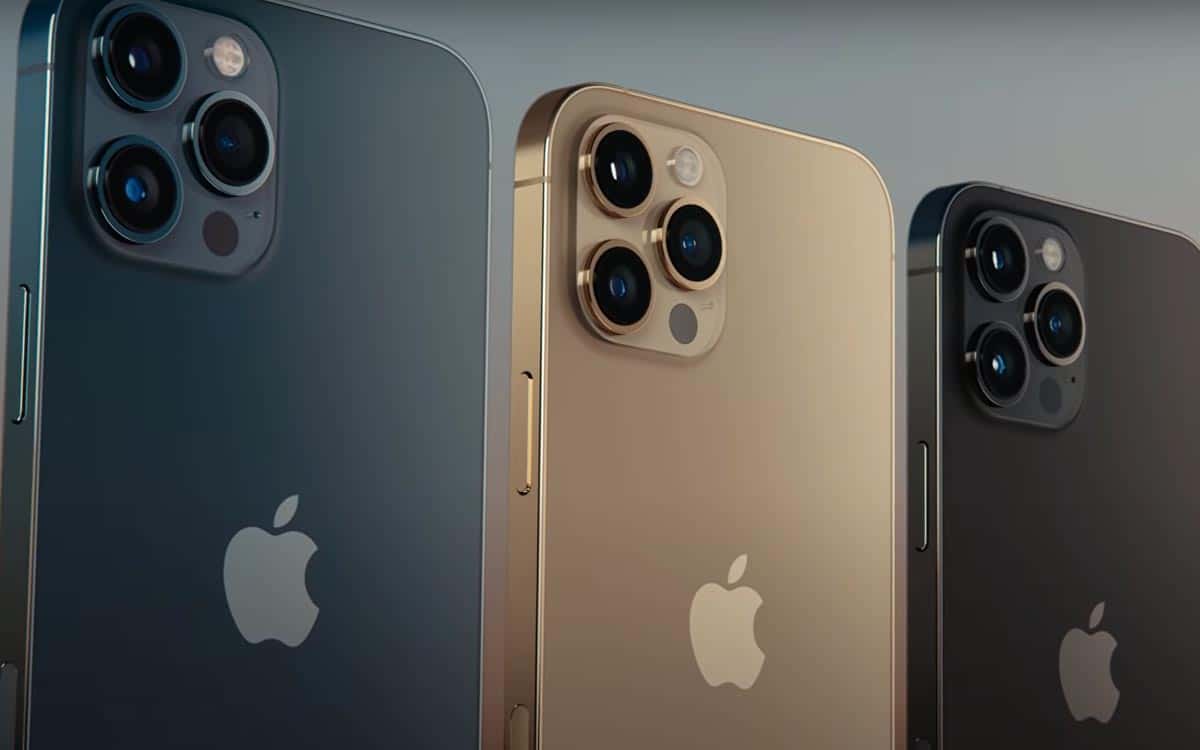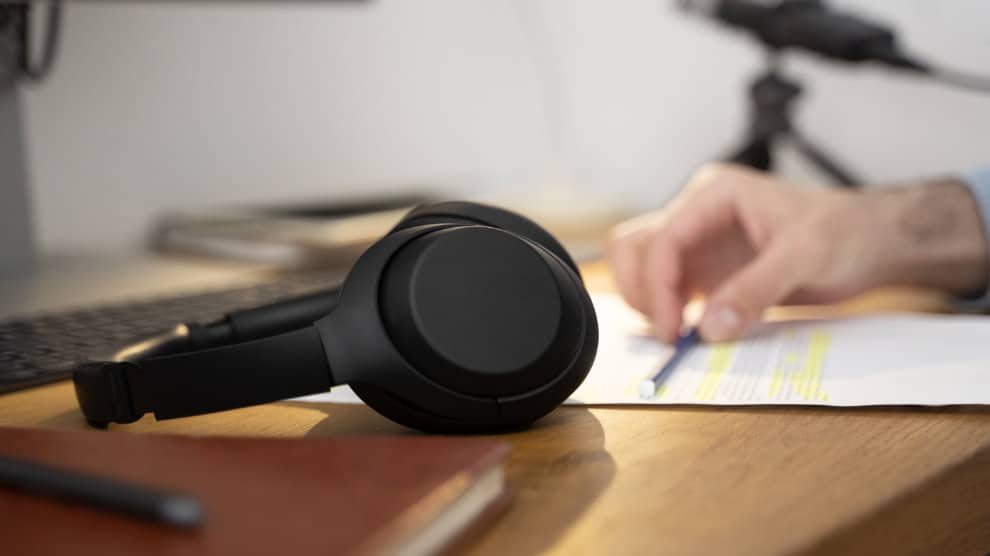price, release date, technical sheet, all the info
The iPhone 13 is already talking about him. Design, technical sheet, release date, price … a slew of details on the next generation of Apple smartphones are already known. We offer you a full point on this information in this file.
The launch of the iPhone 13 series may seem distant, but Apple is already working on its new generation of smartphones. And we already have a lot of information about them. In this file, you have the opportunity to learn everything there is to know about the iPhone 13.
Contents
Latest news on iPhone 13
iPhone 13: how many models?
In 2020, Apple introduced 4 iPhone models at the same time. The apple brand is expected to repeat this year with the release of a iPhone 13 Mini, iPhone 13, iPhone 13 Pro and iPhone 13 Pro Max. Even if the sales figures for the iPhone 12 Mini are below expectations, the Cupertino company should give the compact format another chance. This new range could be called iPhone 12S.
What is the iPhone 13 release date?
A keynote should be held in the first half of September to unveil the iPhone 13, which should be marketed ten days later. It is not impossible that we are witnessing a delayed release of a few weeks for certain models, as in 2020.
What is the price of the iPhone 13?
We can expect rates similar to those charged for the iPhone 12 with these iPhone 13, namely:
- iPhone 13 Mini: from 809 euros
- iPhone 13: from 909 euros
- iPhone 13 Pro: from 1159 euros
- iPhone 13 Pro Max: from 1259 euros
What design for the iPhone 13?
Several sources claim that Apple will reduce the size of the notch on the iPhone 13. The notch, even less imposing, will therefore still be there. Apple needs room to house its TrueDepth sensors, essential for Face ID facial recognition technology, even after having managed to miniaturize them somewhat. The notch would be as wide as on the previous generation, but thinner on the height. To do this, Apple had to combine the infrared camera and the dot projector into a single module.
The iPhone 13 is also said to be 0.26mm thicker than the iPhone 12. We lose a bit of compactness, but the iPhone 12s were rather thin, so it’s not a big problem. On the other hand, the photo block would also be more prominent, which could give rise to doubts as to its durability. This is also why a layer of sapphire crystal would be placed on the lenses to make them more resistant.
2021 could be the year of the big Touch ID return. Of course, no fingerprint reader on a lower border as on the old models, the iPhone 13 would be equipped with a sensor under the screen. Users will thus have the choice between two biometric options to unlock their smartphone. The obligatory wearing of the mask in the public space of many countries is perhaps not foreign to the reinstatement of Touch ID.
The iPhone 13’s aesthetics shouldn’t change well, with an angular aluminum frame and flat edges. There is a rumor that one of the models is devoid of any charging port. It would then only be compatible with wireless charging (and ditto for file transfers). This would be an attempt to see the public reaction to such a change.
What is the screen size of the iPhone 13?
Bis repetita for Apple with the iPhone 13, we use the same screen diagonals as those of the iPhone 12:
- iPhone 13 Mini: 5.4 inch
- iPhone 13: 6.1 inch
- iPhone 13 Pro: 6.1 inch
- iPhone 13 Pro Max: 6.7 inch
On the other hand, there is something new on the refresh rate. Apple had abandoned the idea of offering 120 Hz panels on the iPhone 12, fearing it would ruin battery life, which can already be compromised by 5G. But this time it’s the right one: the iPhone 13 Pro and 13 Pro Max will enjoy a 120 Hz screen, with ProMotion.
Samsung will supply the LTPO (low-temperature polycrystalline oxide thin-film transistor) OLED panels for the iPhone 13 Pro. This technology is particularly interesting for taking advantage of a variable refresh rate, which is automatically adjusted as needed. For example, the screen goes below 30 Hz if it is not in use, thus saving battery. A system that is already found on the iPad Pro and its ProMotion screen (but without LTPO in this case).
Performances
One of the attractions of the iPhone 12 was their SoC Bionic A14, the first chip engraved in 5nm. We will have to wait before going to 3nm, the Bionic A15 is manufactured using a 5nm + engraving process. We should have even more impressive performance with this new SoC, as well as better energy efficiency, while the iPhones are already champions in this area.
Regarding connectivity, all iPhone 13s will of course be 5G compatible, thanks to the presence of Qualcomm modems. In 2020, Apple made the choice to integrate support for millimeter 5G only on the American versions of its iPhone 12, judging that it will not be used in many countries for several years. In France, for example, operators do not yet use these frequency bands for their 5G network. Millimeter 5G could again be absent on the iPhone 13s here, at least on non-Pro models.
The iPhone 13 would however benefit from the new WiFi 6E standard, the main interest of which is to add a third frequency band to this technology, the 6 GHz joining the 2.4 and 5 GHz to de-clutter the latter. Again, not all countries are at the same level. In the United States, WiFi 6E is useful because 6 GHz is available. In principle, France would release the 6 GHz band from March 2021. Apple should therefore offer WiFi 6E to iPhone 13 sold in France.
Memory
We should start on the same basis as the 12 series with the iPhone 13 and 13 Mini with 4 GB of RAM and the Pro models at 6 GB. The iPhone 13 Mini and 13 would come with 64, 128 or 256 GB of internal memory. The iPhone 13 Pro and Pro Max would be entitled to 128, 256 or 512 GB of storage. We can also expect variants offering 1TB of storage on the iPhone 13 Pro, potentially to keep particularly heavy 8K videos.
The presence of this new level, mentioned for the first time in October 2020 and which would double the internal storage space, seemed to be confirmed in January 2021 thanks to a second leak. It remains to be seen what impact the integration of this new option will have for the levels offered with the iPhone 12.
Autonomy, battery and recharging
Hopefully one of the reasons the iPhone 13s will be thicker than their predecessors is the increased battery capacity. We are not expecting any changes in the speed of wired and wireless charging. No charger will be provided in the box, as for the current generation.
Apple is testing heat dissipation systems based on vapor chambers to better regulate the temperature of its devices. A technology that has already been proven on a few high-end Android smartphone models, such as the Galaxy Note 20. It is especially useful when the device is in high demand, when a video game is launched for example. With the apple brand increasingly interested in gaming, it’s no wonder it’s considering vapor chamber cooling for the iPhone 13.
Camera
Apple will continue to bet on 7P lenses on the iPhone 13 (and surely the iPhone 14), as with the iPhone 12. An optical element that allows a very low aperture of f / 1.6, ideal for capturing more light . 7P lenses are in the process of democratizing and production capacities are increasing, we should thus witness a drop in prices benefiting Apple, which intends to take advantage of it.
But do not panic, some new features are still expected for the camera of the next iPhone. First of all, LiDAR is coming to all iPhone 13 models. The sensor made by Sony to offer premium features related to depth of field and augmented reality, were reserved for iPhone 12 Pro only, it will be present. across the series in 2021.
Sensor Shift optical image stabilization, which was only available to the iPhone 12 Pro Max, will also make an appearance on lower models on the iPhone 13 / 12S. As a reminder, this is a system based on the ultra wide-angle sensor, which acts like a gimbal and able to move to follow the action at best without tremors.
The ultra wide-angle sensor who will also be entitled to a complete overhaul, with an aperture that would go from f / 2.4 to f / 1.8, a major change for capturing light, resulting in sharper night shots with less noise. A new optical element will also be added to this module (which will then go from 5 to 6), probably aimed at reducing the effects of distortion, which is often a problem with ultra wide-angle. Last novelty for this specific lens, it should receive an autofocus feature, absent until now.
But suddenly, how the iPhone 13 Pro and 13 Pro Max will stand out in photos if the iPhone 13 and 13 Mini catch up on all points? These two references should be entitled to larger lenses, with a more interesting opening for light management. They should therefore show better capabilities in photos in poor light conditions. Improvements in image definition can also be part of the package. For their part, the iPhone 13 and 13 Mini will use the lenses found on the iPhone 12 Pro and 12 Pro Max.
Finally, the iPhone will remain undisputed champions of video, their real strength compared to high-end Android mobiles. A special anamorphic lens would allow filming in 8K quality at 45 frames per second. It is likely that only Pro models can do this.
iOS 15
New iPhones, a new version of the iOS mobile operating system, which will switch to its 15th version. At the moment, we don’t know much about iOS 15, other than a first list of compatible iPhones. But the first leaks should not be long, followed by the Worldwide Developers Conference (WWDC) 2021 which should be held during the month of June.
